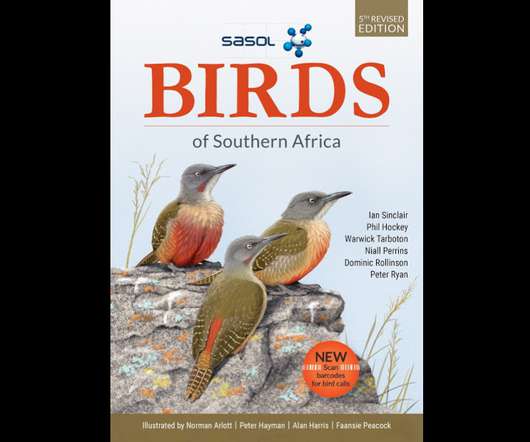South Africa’s endemic birds
10,000 Birds
DECEMBER 13, 2011
Originally considered monotypic, two species are now recognized. Drakensberg (or Orange-breasted) Rockjumper is a Drakensberg Mountain species whose range is shared with the tiny landlocked kingdom of Lesotho. Males of this species are more brightly colored in their non-breeding winter plumage.












Let's personalize your content